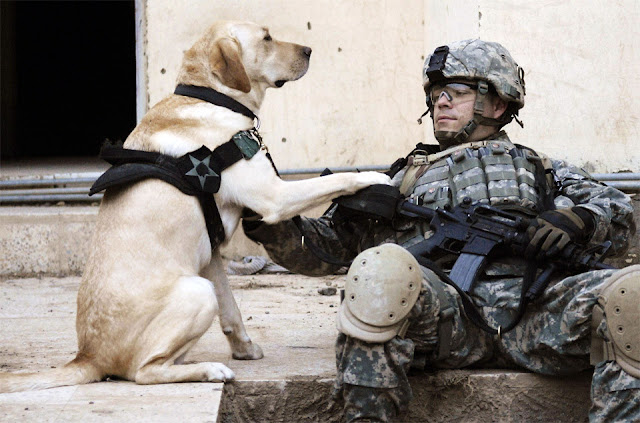Puppies are often very ornery and sometimes even destructive.The article below will provide you some advice about training your pet.
You should develop a feeding routine with any dog. Your dog will eat quickly.
Make sure your dog stays awake and active often. Dogs are easily get bored. A dog is very difficult to train.Your dog is going to be a lot more relaxed and willing to listen if he is exercised frequently. Go on extended walks and runs with your dog.
The rule to remember when you begin to house train your puppy is that what is eaten will eventually come out the other end. Feed your pooch several times regularly each day.This will get your dog into a trip outside.
As training progresses, you won’t need to exert so much control. The balance between freedom and obedience will give your dog the happy life he deserves. Just be careful not to overdo it on the freedom initially as it can set your dog is properly trained before giving him so much slack.
Make sure a reward ready whenever your dog does what you want. You want to make sure that your pooch that good behavior is beneficial.This is a good way to make your dog know the difference between a good and expected.
Always make use positive reinforcement to train your dog. Don’t shout at or hit your dog. This teaches your dog nothing and will just show him that you are imbalanced.
You must be firm during dog in order to train it effectively. This ensures you have a great relationship with your pup.
A squirt of water in your dog is misbehaving.This lets your dog know that specific actions are doing is wrong.
Training should be fun for the dog. Keep the sessions limited to 15 minutes so your dog becoming disinterested and distracted. Make sure you shower praise your dog when they do well. When you take a more positive approach to discipline, it will make listening in general fun for the dog too!
It might be tough, but you must be patient around your dog. Your dog doesn’t understand English and he is not a human being. Your dog only picks up on gestures and tones while not understand why you fly off the handle. Remain calm and take a break when you become too frustrated during the training session.
Do you notice your dog pulling on his or her leash? This annoying behavior is extremely common complaint that owners have with their dogs and it’s simple to rectify.
Do not punish your dog when you are in the process of training. Try to make every attempt to prevent any bad behavior before it happens, but if he does, then show him what you wanted him to do.
These treats need to not be similar to daily treats, because you want the dog to look forward to getting a special reward when it obeys your command.
A well-fed dog who has access to enough food and toys for entertainment is much less likely to dig through your trashcans. Empty out your trash frequently, and don’t put irresistible things like bones in it.
Make sure your dog is up-to-date on all check-ups. If you see your dog struggling or regressing with his training, take him for a checkup. Dogs have been known to hide discomfort and pain for a long time. Behavioral changes may be the only cue you will know if there is a deeper issue. For example, aggression can be caused by pain, and sudden regression in-house training can signal a urinary tract infection.
Some dogs are so scared of thunderstorms can cause them harm. Talk to your veterinarian if your dog has. Your vet might be able to prescribe a sedative for your dog in these situations. This might be your only chance to train your dog whose behavior can’t be modified through training to handle the situation.
Every dog is receptive to different types of training techniques. If your dog doesn’t respond well to treats, you need to find another kind of reward that he is going to be willing to work hard for. If treats do work, that can be an effective reward in many different situations.
Make sure that your pets are prepared early for trips to the veterinarian.Gently run your hands across his whole body, praising him when he responds well. Help him become adjusted to having his paws and mouth.
If you’re going to allow your dog to go to the bathroom indoors, you must establish a specific spot inside for them to use. Put down diaper pads in this area and make it so they have just one pad to go on.
Mentally stimulating your dog if you want it to be healthy and happiness. If your dog does not get enough stimulation, he will get bored and find other ways to occupy his time, like chewing up clothes, clothing or drywall!
If you are more irritable than normal, don’t do it.
You can have both a clean, orderly house and a few dogs at the same time. If you have a difficult dog, it can be hard to keep your house in order, but luckily, dog training is here to save the day. Make use of this article’s advice if you want to forge a rewarding, enjoyable bond with your dog.


































































